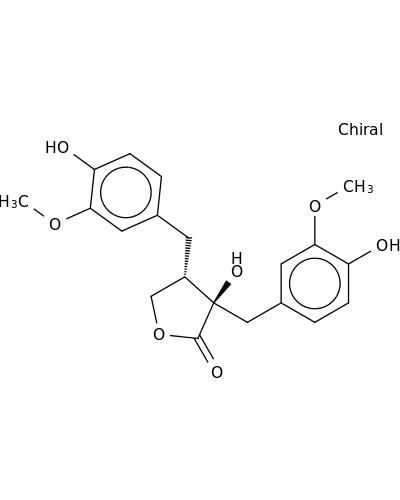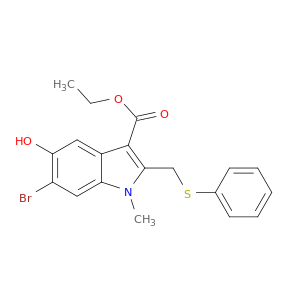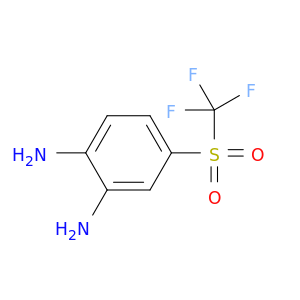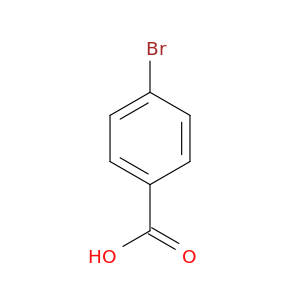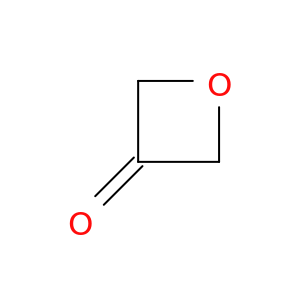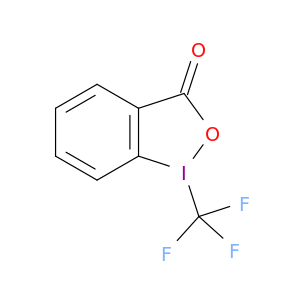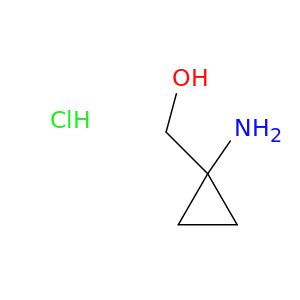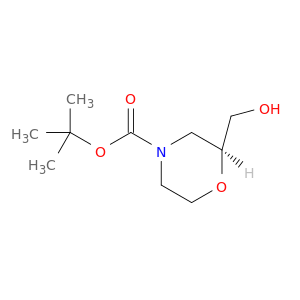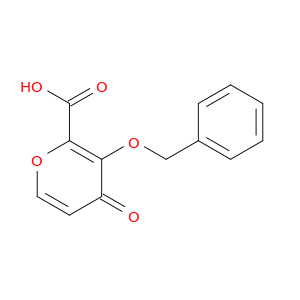200,000+ products from a single source!
sales@angenechem.com
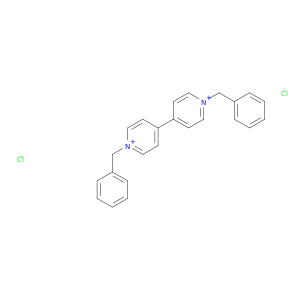
1102-19-8 | 1,1-DIBENZYL-4,4-BIPYRIDINIUM DICHLORIDE
CAS No: 1102-19-8 Catalog No: AG003D83 MDL No:MFCD00011991
Product Description
Catalog Number:
AG003D83
Chemical Name:
1,1-DIBENZYL-4,4-BIPYRIDINIUM DICHLORIDE
CAS Number:
1102-19-8
Molecular Formula:
C24H22Cl2N2
Molecular Weight:
409.3509
MDL Number:
MFCD00011991
IUPAC Name:
1-benzyl-4-(1-benzylpyridin-1-ium-4-yl)pyridin-1-ium;dichloride
InChI:
InChI=1S/C24H22N2.2ClH/c1-3-7-21(8-4-1)19-25-15-11-23(12-16-25)24-13-17-26(18-14-24)20-22-9-5-2-6-10-22;;/h1-18H,19-20H2;2*1H/q+2;;/p-2
InChI Key:
NLOIIDFMYPFJKP-UHFFFAOYSA-L
SMILES:
c1ccc(cc1)C[n+]1ccc(cc1)c1cc[n+](cc1)Cc1ccccc1.[Cl-].[Cl-]
EC Number:
214-158-5
Properties
Complexity:
343
Compound Is Canonicalized:
Yes
Covalently-Bonded Unit Count:
3
Defined Atom Stereocenter Count:
0
Defined Bond Stereocenter Count:
0
Exact Mass:
408.116g/mol
Formal Charge:
0
Heavy Atom Count:
28
Hydrogen Bond Acceptor Count:
2
Hydrogen Bond Donor Count:
0
Isotope Atom Count:
0
Molecular Weight:
409.354g/mol
Monoisotopic Mass:
408.116g/mol
Rotatable Bond Count:
5
Topological Polar Surface Area:
7.8A^2
Undefined Atom Stereocenter Count:
0
Undefined Bond Stereocenter Count:
0
Literature
| Title | Journal |
|---|---|
| Efficient electron transfer from hydrogen to benzyl viologen by the [NiFe]-hydrogenases of Escherichia coli is dependent on the coexpression of the iron-sulfur cluster-containing small subunit. | Archives of microbiology 20111201 |
| A highly sensitive water-soluble system to sense glucose in aqueous solution. | Organic & biomolecular chemistry 20110421 |
| Nitrate reductase whole-cell assay: side effects associated with the use of benzyl viologen. | Folia microbiologica 20110101 |
| The respiratory molybdo-selenoprotein formate dehydrogenases of Escherichia coli have hydrogen: benzyl viologen oxidoreductase activity. | BMC microbiology 20110101 |
| Electro-fluorescence switching of bis-imidazolium ionic liquids. | Journal of nanoscience and nanotechnology 20080901 |
| Measuring the pH dependence of hydrogenase activities. | Biochemistry. Biokhimiia 20070901 |
| Nanoparticle films as electrodes: voltammetric sensitivity to the nanoparticle energy gap. | Langmuir : the ACS journal of surfaces and colloids 20070619 |
| Characterization of superoxide-stress sensing recombinant Escherichia coli constructed using promoters for genes zwf and fpr fused to lux operon. | Applied microbiology and biotechnology 20070401 |
| [Effect of oxidative stress inductors on the photosynthetic apparatus in cyanobacterium Synechocystis sp. PCC 6803 Prq20 mutant resistant to methyl viologen]. | Biofizika 20070101 |
| Characterization of catalytic properties of hydrogenase isolated from the unicellular cyanobacterium Gloeocapsa alpicola CALU 743. | Biochemistry. Biokhimiia 20061201 |
| Electroenzymatic reactions. Investigation of a reductive dehalogenase by means of electrogenerated redox cosubstrates. | Journal of the American Chemical Society 20051005 |
| An autocatalytic step in the reaction cycle of hydrogenase from Thiocapsa roseopersicina can explain the special characteristics of the enzyme reaction. | Biophysical journal 20050901 |
| Redox cycling of the herbicide paraquat in microglial cultures. | Brain research. Molecular brain research 20050324 |
| Evaluation of bacterial nitrate reduction in the human oral cavity. | European journal of oral sciences 20050201 |
| Toxicity of redox cycling pesticides in primary mesencephalic cultures. | Antioxidants & redox signaling 20050101 |
| Reactions of H2, CO, and O2 with active [NiFe]-hydrogenase from Allochromatium vinosum. A stopped-flow infrared study. | Biochemistry 20040601 |
| Selenate reduction by Enterobacter cloacae SLD1a-1 is catalysed by a molybdenum-dependent membrane-bound enzyme that is distinct from the membrane-bound nitrate reductase. | FEMS microbiology letters 20031121 |
| Ferredoxin:NADP oxidoreductase from Pyrococcus furiosus. | Methods in enzymology 20010101 |
Related Products
Featured Products
© 2019 Angene International Limited. All rights Reserved.


